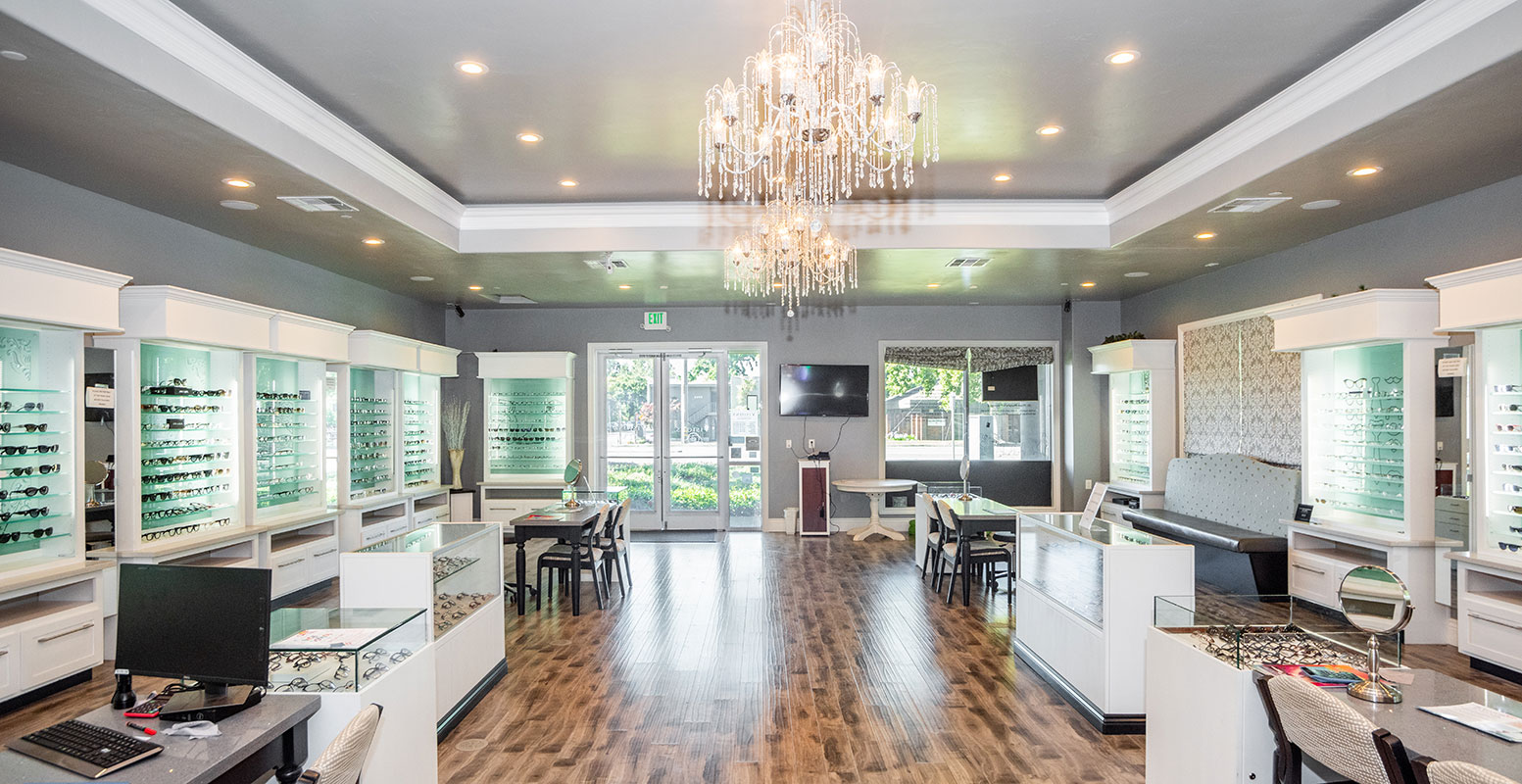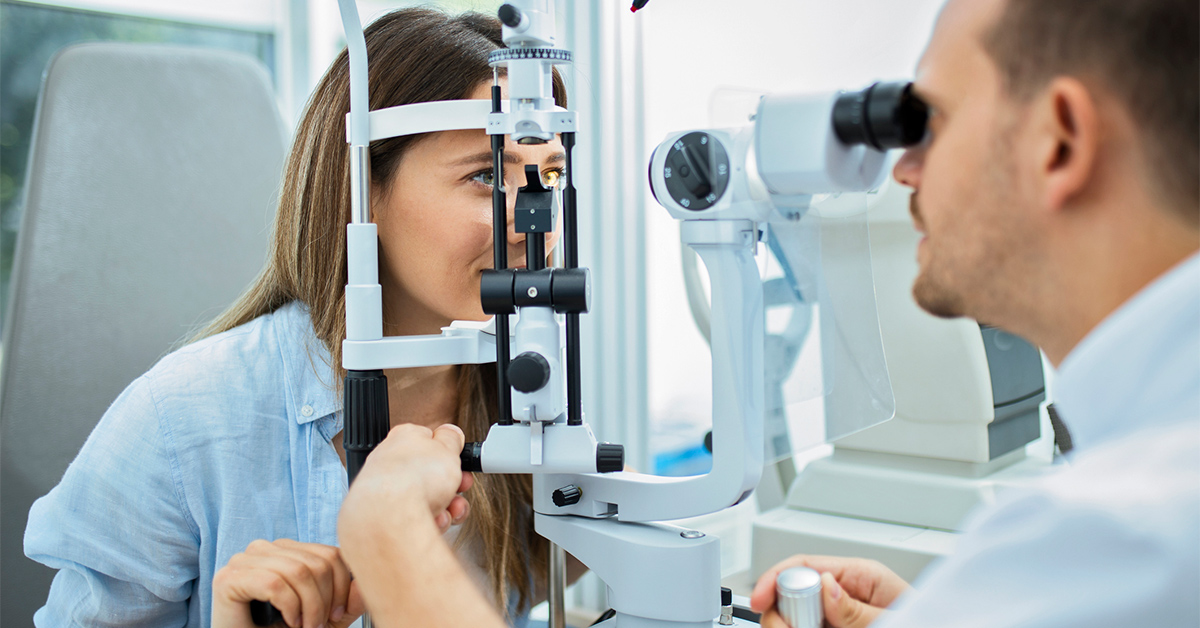Discover the Best Optometrist Chino for Comprehensive Eye Care
Discover the Best Optometrist Chino for Comprehensive Eye Care
Blog Article
Exploring the Most Recent Technical Improvements in Optometry and What They Mean for Optometrists
In the ever-evolving field of optometry, recent technical improvements are reshaping how professionals come close to eye treatment. From the precision of Optical Comprehensibility Tomography to the nuanced insights offered by AI-driven diagnostic devices, these developments are setting new standards in patient evaluation and treatment. Teleoptometry is positioned to redefine accessibility, making certain that proficiency goes beyond geographical constraints. As these improvements penetrate the method, optometrists are confronted with the obstacle of accepting these devices to boost individual outcomes. Yet, the inquiry remains: how will these technological changes redefine the duties and obligations within the profession?
Technologies in Diagnostic Equipment
Advancing the area of optometry, innovations in diagnostic devices have actually transformed the method eye care specialists assess and diagnose visual disabilities and eye problems. The past years has actually seen considerable technical improvements, making it possible for more thorough and exact evaluations. Optical Comprehensibility Tomography (OCT), as an example, gives high-resolution cross-sectional photos of the retina, enabling for the early detection of conditions such as glaucoma and age-related macular degeneration. This non-invasive imaging method has actually ended up being crucial in modern optometric technique.
One more trick advancement is the intro of sophisticated corneal topography systems, which map the surface curvature of the cornea with accuracy. These tools are especially useful for fitting get in touch with lenses and detecting corneal disorders. Furthermore, electronic retinal imaging has transformed traditional ophthalmoscopy, offering in-depth, breathtaking views of the retina that help with detailed visual assessments.
The advancement of wavefront aberrometry has actually additionally been essential, allowing the evaluation of refractive mistakes with unparalleled precision (Opticore Optometry). This modern technology aids in customizing rehabilitative lenses and improving medical results for refractive surgeries. Collectively, these diagnostic developments equip eye doctors to deliver superior client care, guaranteeing early intervention and tailored therapy strategies, eventually enhancing visual health results
AI in Individual Administration
Structure on the foundation of cutting-edge analysis tools, the incorporation of fabricated intelligence (AI) in individual management stands for a transformative leap for optometry. AI systems are significantly utilized to enhance effectiveness, accuracy, and customization in individual care.
Additionally, AI-driven platforms facilitate structured person interactions and management procedures. Automated scheduling, online appointments, and customized follow-up strategies not only boost patient complete satisfaction but likewise maximize time management for practitioners. These systems can triage people based on the seriousness of their problems, ensuring that those in critical requirement get punctual focus.
Additionally, AI improves decision-making by providing optometrists with evidence-based recommendations and treatment paths. By incorporating data from electronic wellness documents, AI devices provide understandings that educate medical decisions, decreasing the risk of mistakes and improving patient results. As AI remains to advance, its duty in person monitoring will likely expand, improving the landscape of optometric treatment.
Advances in Retinal Imaging
In the realm of optometry, retinal imaging has actually experienced amazing technological developments that are boosting analysis abilities and individual care. Innovations such as Optical Comprehensibility Tomography (OCT) and fundus digital photography have reinvented how eye doctors imagine and evaluate the retina.
Boosted imaging modalities like OCT angiography are more refining diagnostic precision. Optometrist Chino. Such advancements assist in the identification of minute retinal modifications that could indicate disease progression.
In addition, advancements in expert system are increasing retinal imaging by allowing automatic evaluation of huge datasets. These systems aid optometrists in identifying patterns a sign of pathology, consequently enhancing diagnostic accuracy and performance. Jointly, these advancements are transforming retinal imaging into a cornerstone of contemporary eye treatment, boosting outcomes and expanding therapeutic possibilities.
Teleoptometry's Expanding Duty
Teleoptometry is significantly becoming an essential part of eye treatment, driven by innovations in electronic communication and diagnostic devices. This is specifically valuable in country and underserved locations where accessibility to specialized eye treatment is commonly restricted.
The assimilation of artificial knowledge (AI) additional enhances teleoptometry, making it possible for the evaluation of visual information and helping in the detection of ocular conditions such as glaucoma and diabetic person retinopathy. AI-powered algorithms can swiftly translate complicated imaging information, supplying optometrists with beneficial understandings that bolster professional decision-making.
Additionally, teleoptometry sustains connection of care via seamless combination with digital health and wellness documents (EHRs), allowing eye doctors to preserve thorough client backgrounds. When consulting with different professionals., this ensures that people obtain constant and tailored treatment also.
Despite these advantages, obstacles continue to be, consisting of making sure information security and handling person expectations. Nonetheless, teleoptometry stands for a considerable stride in the direction of even more accessible, effective, and patient-centered my company eye treatment. As modern technology evolves, its duty is poised to expand further.

Future Trends in Eye Care
A myriad of cutting-edge trends is readied to reshape the future of eye care, driven by technical innovations and the evolving demands of people. One significant pattern Optometrist Chino is the combination of expert system (AI) in diagnostics, which assures to boost the accuracy and performance of eye assessments. AI algorithms can analyze large amounts of information from retinal pictures, possibly detecting problems like diabetic person retinopathy and glaucoma earlier than standard approaches.
Moreover, tailored medication is acquiring traction in optometry, with genetic testing educating personalized treatment strategies. This technique aims to maximize individual results by customizing interventions to private hereditary accounts. Wearable innovation, such as wise contact lenses, is also imminent, offering real-time tracking of intraocular pressure or sugar levels, thus giving constant understandings into systemic and ocular wellness.
The adoption of augmented fact (AR) and digital fact (VR) in training and person education and learning is another arising trend. These modern technologies provide immersive experiences that can boost understanding and skills both for people and optometrists. As these patterns evolve, optometrists have to stay abreast of technical developments to give innovative care, making sure better client end results and contentment in the dynamic landscape of eye care.
Final Thought

Collectively, these diagnostic innovations encourage eye doctors to provide exceptional client care, making certain early intervention and customized therapy methods, eventually enhancing visual wellness results.

As these innovations proceed to develop, eye doctors have to adapt and incorporate them right into technique, ultimately enhancing operations efficiency and raising the criterion of eye care delivered to people.
Report this page